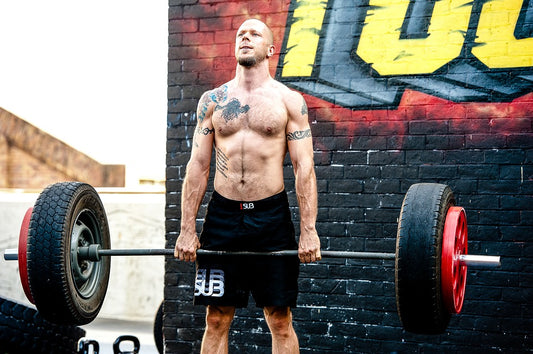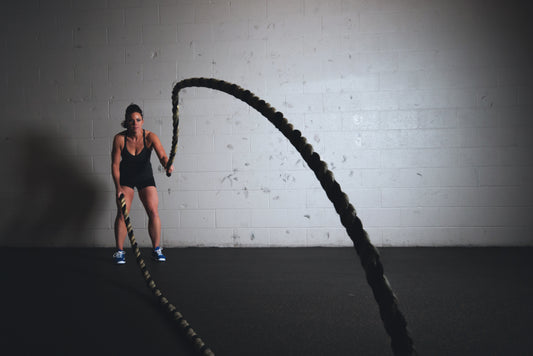CrossFit

Cross Training workouts: Deadlift & Why it is K...
If there is one exercise you cannot ignore, it is the deadlift. This is because it stands tall among the mass-gaining CrossFit workouts. Any athlete who wants to add muscles...
Cross Training workouts: Deadlift & Why it is K...
If there is one exercise you cannot ignore, it is the deadlift. This is because it stands tall among the mass-gaining CrossFit workouts. Any athlete who wants to add muscles...

Understanding the Different Types of Muscle Con...
Walking through gyms all across the CrossFit industry, you will see trainees of all persuasions and types undergoing different types of training. Amongst them are those, who use terrible exercise...
Understanding the Different Types of Muscle Con...
Walking through gyms all across the CrossFit industry, you will see trainees of all persuasions and types undergoing different types of training. Amongst them are those, who use terrible exercise...

Strengthening Your Backside with Glute-Ham Raise
Every athlete stepping into the CrossFit gym has their goal in check. For some, their goals could be athletic while others physique. Whichever you go for, your back strength, glute,...
Strengthening Your Backside with Glute-Ham Raise
Every athlete stepping into the CrossFit gym has their goal in check. For some, their goals could be athletic while others physique. Whichever you go for, your back strength, glute,...
5 Factors to Consider When Using Wrist Wraps
One advantage of CrossFit training is that you never fall short of accessories. There are belts, straps, wraps, knee sleeves, and even lifting shoes. As a functional fitness athlete, you...
5 Factors to Consider When Using Wrist Wraps
One advantage of CrossFit training is that you never fall short of accessories. There are belts, straps, wraps, knee sleeves, and even lifting shoes. As a functional fitness athlete, you...

Muscle Ups and Their Benefits to Your Body
The Muscle-up is an advanced calisthenics strength training exercise that requires immense upper body strength. It represents your capacity to lift your bodyweight using just your arms and hands.
Muscle Ups and Their Benefits to Your Body
The Muscle-up is an advanced calisthenics strength training exercise that requires immense upper body strength. It represents your capacity to lift your bodyweight using just your arms and hands.

Improving Your Chest to Bar Pull Ups
Chest to bar pull-ups is one of the common CrossFit movements athletes should familiarize themselves with. To do them, you need some strength in place as well as technique. If...
Improving Your Chest to Bar Pull Ups
Chest to bar pull-ups is one of the common CrossFit movements athletes should familiarize themselves with. To do them, you need some strength in place as well as technique. If...

